
The purpose of estrogen "replacement" therapy is to keep excess estrogen from binding to receptor sites in uterine tissue, keeping it from becoming too rough during the first half of the menstrual cycle for a fertilized egg to be implanted in the second half of the menstrual cycle. Natural estrogen replacement therapy really involves the use natural estrogen blockers. Some important herbs for women's fertility include:
Shepherd's purse, also known as Capsella, for controlling excessive menstrual bleeding. Meadowsweet, which contains Aspirin-like compounds, for relieving pain without causing stomach upset. Dong quai (also known as Chinese angelica or Angelica sinensis) for lowering high estrogen levels, without the risk of lowering normal estrogen levels. Black cohosh, red clover, and soy isoflavones to bind to estrogen receptor sites and stop excessive growth of uterine tissue during the first half of the menstrual cycle.It's important not to take these herbs at any time other than the first ten days after menstruation. That's because women should not take them during pregnancy, and it's not possible, usually, to confirm pregnancy until the first period is missed, usually 12 to 17 days after sexual intercourse that conceives a child. Since these herbs increase chances of getting pregnant, and their primary actions occur during the first half of the menstrual cycle, and it's not advisable to take them during pregnancy, they should be used at most 10 days a month, and never between ovulation and the next period. A mistake many women make is trying to treat estrogen disturbances by eating large amounts of soy food, especially tofu. The active ingredients in soy foods are the isoflavones, and a woman's body can only absorb the isoflavones in about 1/2 ounce (15 grams) of soy every day. Eat soy like Asian women eat soy, one or two tiny strips, once a day, with a variety of other healthy foods.




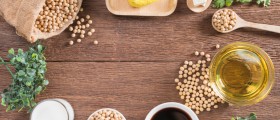

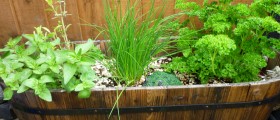

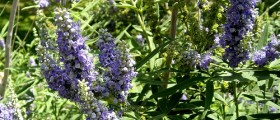

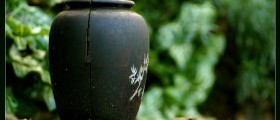





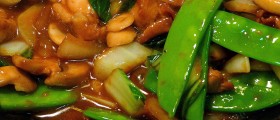
Your thoughts on this
Loading...